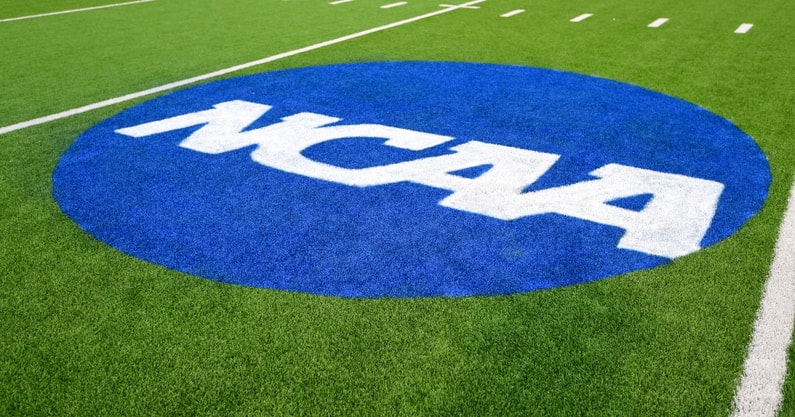Pete Thamel explains why House settlement does not fully eliminate NIL in sports

A watershed week in college sports is wrapping up, and while there are now some answers on the future of college sports, there are still plenty of moving parts regarding the Name, Image, and Likeness (NIL) aspect of things.
So, the lawsuit House v. NCAA was finally settled this week, paying back athletes of the past while also providing a model of revenue-sharing for the future. Schools will now have an allotted amount of money in their athletics budget to share with its athletes — although the rules of how they’re allowed to do so are still up for debate.
However, what the revenue-sharing model does not do is eliminate deals for Name, Image, and Likeness. In fact, NIL freedoms are bulletproof for the student-athletes after the 9-0 Supreme Court decision from a couple of years back that stated athletes were allowed to profit from NIL deals and always should have been able to — a ruling that sparked the House lawsuit.
That’s why, going forward, ESPN’s Pete Thamel believes the regulation of NIL deals remains the biggest administrative challenge for those in charge of college sports.
“Because the fundamental tenets of antitrust and settling these things are to avoid future lawsuits, you can’t just eliminate NIL,” Thamel said on the Pat McAfee show this week. “And it doesn’t make sense to bring NIL in-house, or at least that’s not what people think is going to happen.”
When it comes to NIL: it’s not going anywhere. Plus, with the new revenue-sharing model, the only way for teams to pay out more than their allotment is through NIL.
“So in a way, how to manage NlL is probably the biggest issue that administrators have right now,” says Thamel, who then explained how NIL could be used in the new era. “Just say you have your $15 million salary cap for football — to use a round number at your run-of-the-mill SEC school — your competitive advantage comes from NIL. Potentially in a gray area, right? We’re used to those for a few decades in college football.”
Top 10
- 1Breaking
Dylan Raiola injury
Nebraska QB will play vs. USC
- 2
Elko pokes at Kiffin
A&M coach jokes over kick times
- 3New
SEC changes course
Alcohol sales at SEC Championship Game
- 4
Bryce Underwood
Michigan prepared to offer No. 1 recruit $10.5M over 4 years
- 5Trending
Dan Lanning
Oregon coach getting NFL buzz
The reason NIL could be in a gray area, as Thamel notes, is that there may be an effort to crack down on NIL deals that are used to recruit players. So once again, if you want to go outside the lines of the established revenue-sharing model, schools may resort to NIL deals, but they’ll have to squeeze those past a rulebook as well.
“When you drill down on it, what they’re trying to determine is what is real and NIL and what is like, someone going to a charity event for 20 minutes, shaking a few hands and then getting 100 grand. Is that like, indicative?”
What Thamel’s asking is whether those regulating the new NIL rules are going to allow deals like that, which seem on the surface to be obvious pay-for-play. But that’s an issue now on the table that needs to be dealt with going forward.
“Having this historic day go forward without an answer for how NIL will be managed and how people are going to oversee it, there’s a thought that maybe Judge Wilkin in Northern California has a federal magistrate and it creates a bureau to oversee it,” said Thamel, “just like in the front offices of the NBA and NHL and NFL. There’s there’s ways to manage different tampering and things like that.”